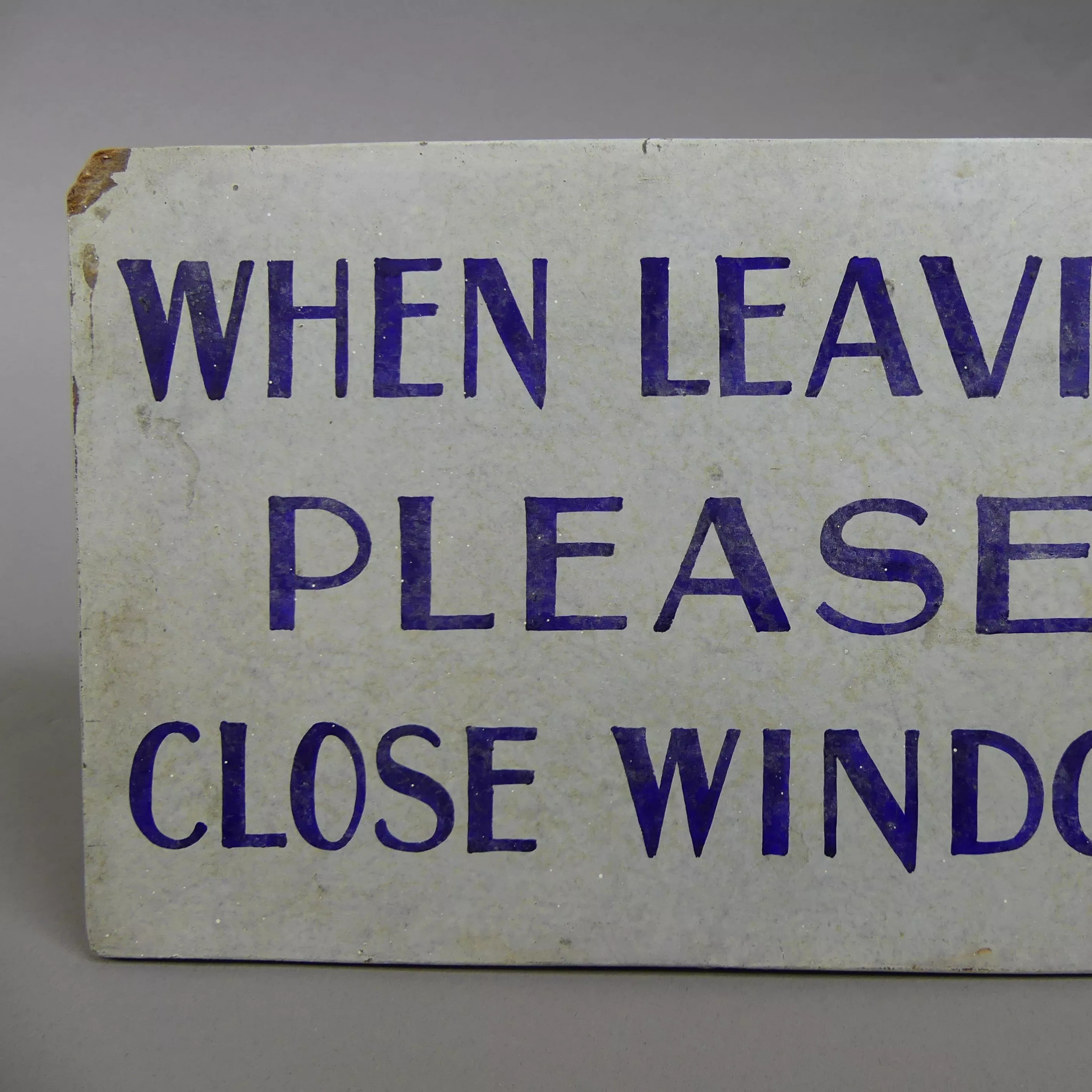Australia vs America – midterm elections and their influence
- DateSun, 04 Nov 2018
Halfway through a presidential term in the United States, voters go to the polls for 'midterm elections'. How is this different from Australia?
In a midterm election, the presidency is not at stake, and instead voters elect members of the House of Representatives and one-third of the Senate. This is one way of maintaining accountability for political leaders, by giving voters a chance to demonstrate support or opposition to the government without changing the occupant of the White House.
Historically, there have been Australian parallels to the midterm election. In fact, the concept actually influenced the way elections are held in Australia, and influenced the writing of Australia's Constitution.
Australia's political traditions are largely taken from the United Kingdom, i.e. the 'Westminster system'. There are some elements of the Constitution, however, that were directly inspired by provisions in the United States Constitution. The most notable are the names of the two houses of parliament – the House of Representatives and the Senate. But another element was the timing of elections for the Senate. United States senators are elected for six-year terms, with one-third of them up for election every two years. This pattern was, to an extent, replicated in Australia, with half the Senate up for election every three years.
When the Australian Constitution was written in the late 1890s, American senators were not popularly elected but chosen by their state legislatures. Andrew Inglis Clark's original draft of Australia's Constitution also had this provision, and senators would have served nine years, replicating the American system with a longer term. Later drafts revised this to including the right for states to have senators popularly elected if they wanted, and finally changed to ensure that all senators were elected. Exactly why this change was made isn't clear, but it might relate to the fact that the Senate, as later proposed, had power to amend or reject money bills, and it would have been seen as undemocratic if the body wasn't elected by the people. The movement to elect senators in America was also gaining strength at this time.
Australia has never had 'midterm' elections as such, but for a time there was a similar concept, the half-senate election. Under the Constitution, the Senate serves a six-year term and the House of Representatives a three-year term. Most of the time, when Australians vote they're voting for the entire House of Representatives and half the Senate. However, the House of Representatives can be dissolved at any time, without there being a Senate election held at all. Between 1953 and 1970, the cycles were out of sync. An election was held just for the House in 1954, 1963, 1966 and 1969, with separate Senate elections in 1953, 1964, 1967 and 1970. At all these half-senate elections, voters took the opportunity to deliver a message to the government of the day without actually changing it, much as they do in mid-term elections in the United States. Unlike in the US, however, these 'midterm' elections never resulted in any significant change to the numbers. Politicians from both sides, however, campaigned just as hard as they would in a regular election, because victory in the Senate would have given their agenda a boost.
During the 1975 constitutional crisis, Gough Whitlam resolved to end the deadlocked Senate by calling a half-senate election. He was confident Labor would win enough seats to pass his financial bills and allow the government to continue. This was the plan he was taking to Sir John Kerr, the Governor-General. Unfortunately for Whitlam, Kerr dismissed him from office before the plan could get the vice-regal tick.
The stakes in midterm elections in the United States are often quite high, and it's relatively common for the party controlling the White House to lose seats in Congress. Whether this makes government more or less stable is a matter for debate. But it's interesting to reflect how things might be if half-senate elections were still held in Australia. Given the recent volatility and political diversity in the Senate in recent years, governments would be unlikely to take the risk.









